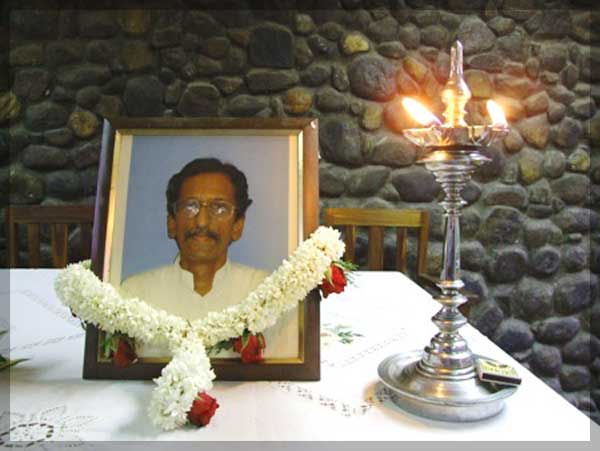10 Aug 2012 - {{hitsCtrl.values.hits}}
 By D.B.S.JEYARAJ
By D.B.S.JEYARAJ.jpg) Chelliah and Thilakavathy Loganathan had six children. Ketheesh had three elder sisters and two elder brothers .Ketheesh was married to Bhavani Kumarasamy.
Chelliah and Thilakavathy Loganathan had six children. Ketheesh had three elder sisters and two elder brothers .Ketheesh was married to Bhavani Kumarasamy.
_DM-9_04.jpg) This was a difficult decision for Ketheesh and he did consult some friends before taking it. Many including myself thought it was a grave misjudgment on his part. The Peace Secretariat at that time was becoming a propaganda tool.
This was a difficult decision for Ketheesh and he did consult some friends before taking it. Many including myself thought it was a grave misjudgment on his part. The Peace Secretariat at that time was becoming a propaganda tool._DM-9_04-p.jpg) “Ketheeswaran never forgot that he had been a militant. He stayed on in the EPRLF and left it only in 1994 after differences with an individual who too later left. His background enabled him to easily make the transition to activism in civil society. He was constant in his concern that other militants too should be given the means and opportunity to come out into civil and political life. He pushed for the Norwegian initiated peace process to address this cause for all militants including those from the LTTE. But after the Karuna split the Norwegians pinned the label ‘paramilitary’ on all non-LTTE groups and this effort came to a standstill”.
“Ketheeswaran never forgot that he had been a militant. He stayed on in the EPRLF and left it only in 1994 after differences with an individual who too later left. His background enabled him to easily make the transition to activism in civil society. He was constant in his concern that other militants too should be given the means and opportunity to come out into civil and political life. He pushed for the Norwegian initiated peace process to address this cause for all militants including those from the LTTE. But after the Karuna split the Norwegians pinned the label ‘paramilitary’ on all non-LTTE groups and this effort came to a standstill”.
17 Nov 2024 3 minute ago
17 Nov 2024 12 minute ago
17 Nov 2024 41 minute ago
17 Nov 2024 4 hours ago
16 Nov 2024 9 hours ago